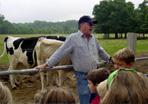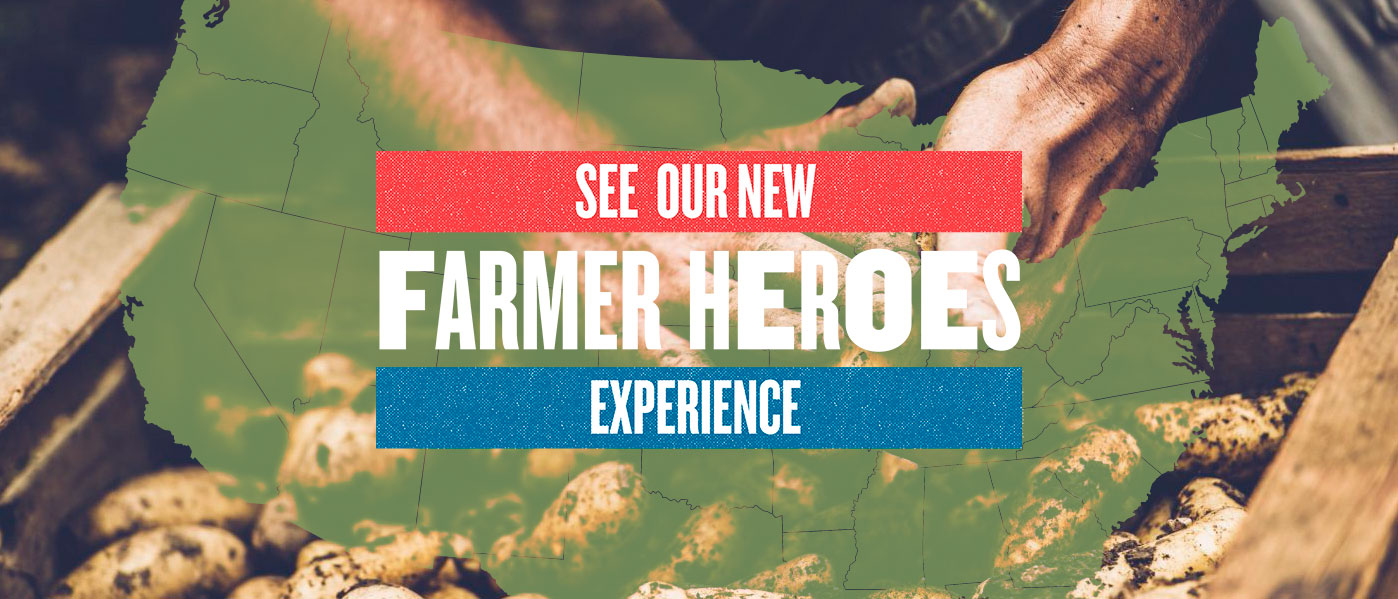Pelzer, S.C.

Instead of whispering to horses, Tom Trantham listens to cows. He’s been listening and watching them ever since the day they broke out of their pasture and changed his life. It was April 1989, and the Trantham dairy was going broke fast. Even though his Holsteins were winning South Carolina production awards, they couldn’t produce enough milk to pay for their feed bill, which gobbled up to 65% of the gross income.
“Financial advisors told me to get out of the business,” recalls Tom. “They said there was no way for me to make it. Those were dark days; I’d wake up and think maybe the place had burned down or all the cows had died in the night and I’d be free.”
Then one day the cows pushed through the confinement feeding area into a seven-acre field full of natural lush April growth – rye grass, a little clover and fescue. At the next milk pickup there was a two-pound average increase of milk per cow.
Thinking maybe the cows were trying to tell him something, Tom opened all the gates on his farm and began experimenting with grazing. On the free-range pastures, the cows produced about five pounds more milk each day and began leaving some of their grain uneaten. Tom had glimpsed the dairy farmer’s dream of more milk on less money and was determined not to lose it.
The new grazing system took years to get off the ground. Without much support, Tom was having trouble keeping things going. Then in 1994, a bad drought nearly did the farm in. Tom needed help, and Farm Aid was there. Farm Aid mobilized a Farmer to Farmer Emergency Hay Lift, bringing hay to Tom’s starving cows. That help was the boost that gave Tom a few months to get back on his feet and get the grazing program up and running. Farm Aid helped him survive until he could thrive. “Without Farm Aid,” says Tom, “I wouldn’t have made it.”
“I believe the farmers of today have the responsibility of leaving things in better shape for the next generation of farmers,” says Tom. “What I’ve learned would go to waste if it stopped with me. I hope to pass along not only my land but my philosophy to my grandchildren.”
Part of that philosophy is caring for the land he depends on. Tom hasn’t used commercial fertilizer on his fields in 16 years. Allowing the manure to be spread by the herd as they rotate through paddocks has contributed to soil testing high in fertility without purchased inputs. A soil tester told Tom his soil was the highest quality with no deficiencies, something he had never seen in his 30 years in the business.
Milk processing and direct marketing are the latest frontiers for Tom and his wife Linda. They made that decision in the summer of 2000 when a letter from the milk co-op informing them that milk prices would stay flat for the next year arrived on the same day they heard that consumers would be paying nine cents a gallon more at the store. Tom said, “Let’s go look at some processing equipment.” Happy Cow milk is now available right at the Trantham farm. Six days a week, customers are able to buy whole milk, buttermilk and chocolate milk as well as Florida juices and Wisconsin cheese from a drive-through window and an on-farm store. The store is the crowning achievement for Tom as a dairyman. “I think the time is right for this,” says Tom. “More consumers are learning about the nutritional differences in milk from grazed cows as compared to cows in confinement. For 25 years I have produced milk of superior quality and had it pumped, transported and mixed with other milk on the way to the customer. Now I finally have the experience of watching people stand on my property, drink a glass of milk and say, ‘Tom this is the best milk I’ve ever tasted,’ and pay me a fair price for it.”


